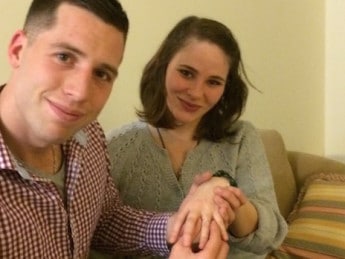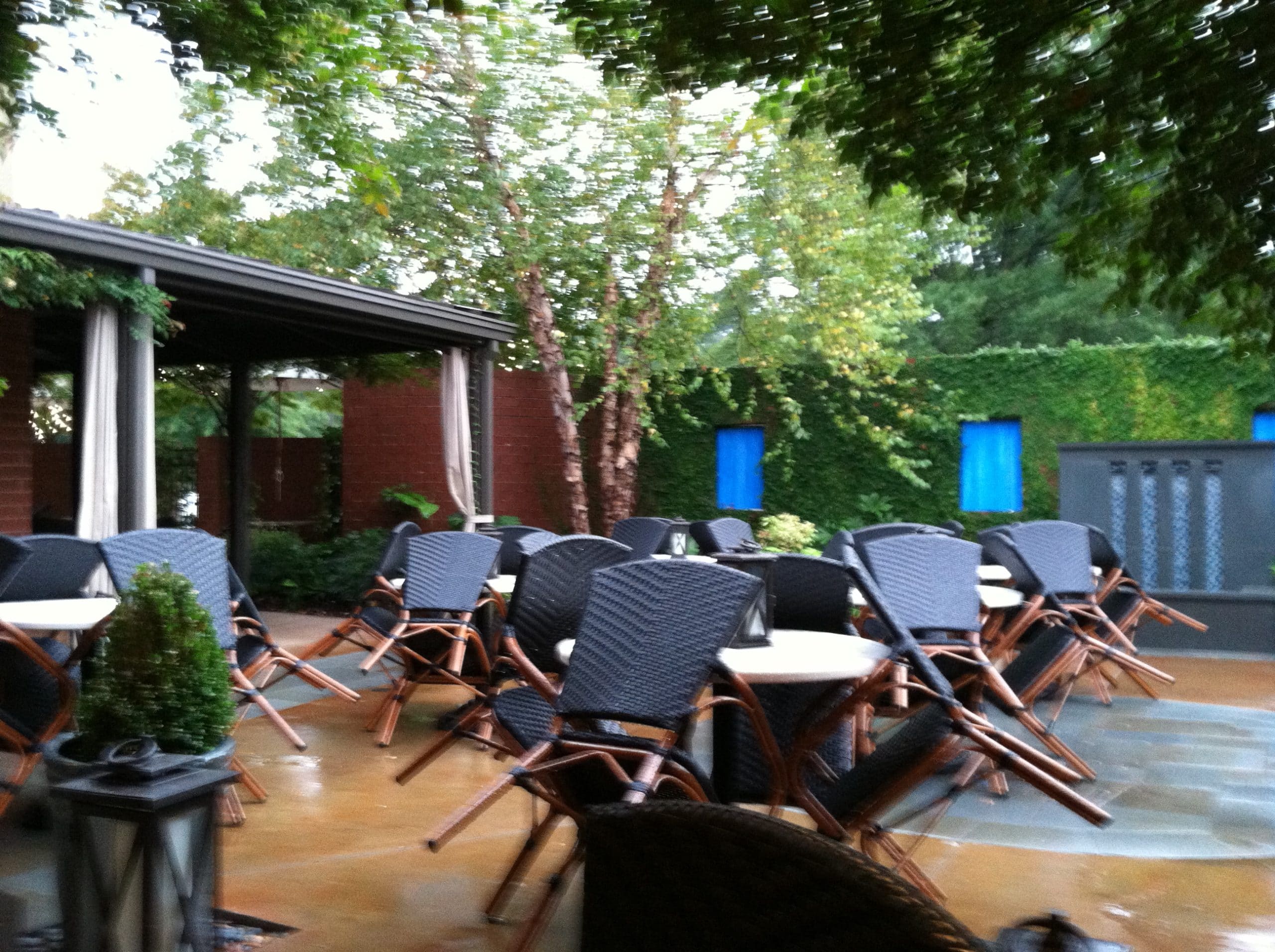This is what a “wheel chair accessible” restaurant looks like in segregated State College PA. Video by Emily Hartsay Cafe Verve received an operating license from Walt Schneider, head of code for the PA Centre County Council of Governments. To receive the license, the restaurant was required to comply with the Americans with Disabilities Act. […]
State College
Challenges a Mobility-Disabled Resident Encounters Renovating for Independent Living
The authors of Middletown, Robert S. Lynd and Helen Merrell Lynd, were distinguished sociologists who taught at Columbia University. They studied Muncie, Indiana (to which they originally assigned the name “Middletown”) using cultural anthropological technique. [2] “Middletown” is widely regarded in academia as a classic example of sociology as a science (in the tradition of Émile […]
My credentials for writing an academic paper on renovating existing housing for residents with a mobility disability
This is a photograph of the house where I lived when I lost the ability to walk. The year was 1995. I was 48 years old. I lived with my wife and two daughters–Joanna age 9 and Amelia age 4– in Durham, N.C. I was working as a technical writer for Northern Telecom. Northern Telecom manufactured […]
My younger child Amelia, English teacher living in Spain (and amateur roller derby star) is engaged to be married
January 17, 2017 is an appropriate date to announce the engagement of Amelia Altalena Solkoff to Javier Blanco. The date marks the 1925 birthday of Amelia’s late paternal grandmother Miriam Pell Schmerler zt”l who was close to Amelia and her sister Joanna. Amelia teaches English in Pontevedra, Spain (on the Portuguese border) where she is also an enthusiastic […]
December motto plus optional isolation
Dr. Jeniffer Simon, a caring and experienced urologist, Geissinger Medical Center, State College PA showed me on her computer this image–a cancerous tumor surrounding my right kidney, referring me to Memorial Sloan Kettering Cancer Center in New York City. “Unless you have surgery quickly, you will be dead in 10 years.” The date: April 5, 2013, […]
Getting to my kidney operation on August 8th—Part 1
Getting out of bed (and eventually into an automobile) To travel the 257 miles from State College, PA to Memorial Sloan Kettering Cancer Center (known to New Yorkers as Memorial) less than two blocks from the East River in New York City, I have to get out of bed. What follows is a photographic recreation […]
Apricot Poetry
At the CVS Pharmacy on Beaver Avenue in downtown State College, PA, I purchased a container of apricots on which the following is written: “Found in the beautiful lands between the Mediterranean and Black Seas, we handpick Apricots that are bursting with amazing fruit flavor. Each of our select Amrita Apricots comes from these ideal […]
Hegira Succeeded: Report on the 989-mile-away-Engagement-Party-for-my-daughter Joanna
Mazel tov: Welcome to My Hegira. Webster’s defines hegira as: “A journey esp. when undertaken to escape from a dangerous or undesirable situation.” Cosmic Invitation How else to feel other than I am, often thinking Flash Gordon soap– O how terrible it must be for a young man seated before a family and the family thinking We never saw […]






